Fun with Fermentation
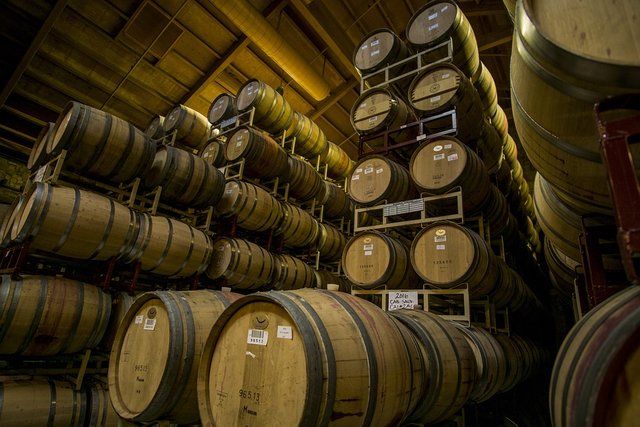
I’m going to assume that most of you already heard the term “fermentation”, often in connection with food that’s supposed to bring health benefits.
After all the medical posts by me recently, I chose to not talk about possible (or impossible) health benefits but wanted to focus more on the question what fermentation is and where we encounter it.
A friend recently asked me what fermentation is and why microorganisms do it. Surely, the yeast doesn’t produce alcohol just for us humans to enjoy as beer or wine? There has to be a reason for it, a reason different than just because, lol.@suesa

Cells need energy to survive. They like to use glucose to get that energy, as it’s a simple sugar molecule that’s easily broken down. Most microorganisms we encounter (and our own cells) need oxygen for that breakdown process. The pathway is a bit complex and I won’t try to explain it in detail, as it would make the post way too long and possibly boring. But the basic order of processes is glycolysis, oxidative decarboxylation, the citrate cycle and a final oxidation.
If there’s no oxygen, the chain is interrupted after the glycolysis. That sucks for the cell, as it usually needs the other steps too to keep a steady balance of NAD+/NADH, a crucial molecule in cellular processes. To ensure this, there are steps added after the glycolysis that don’t depend on oxygen.
And then you have … fermentation, an alternative way of breaking down glucose, to ensure that the cell can survive even under less than ideal conditions.
I already mentioned yeast, which produces ethanol (alcohol) and CO2 if kept under low oxygen conditions. The problem is, that ethanol is toxic to yeast cells and at a certain percentage, they die off. That explains why drinks with a high alcohol percentage need to be distilled.
Directly connected to the production of beer and wine is the production of bread, at least if it’s done in the traditional way and not with baking powder. Yeast in the dough ferments the flour which creates CO2 bubbles.
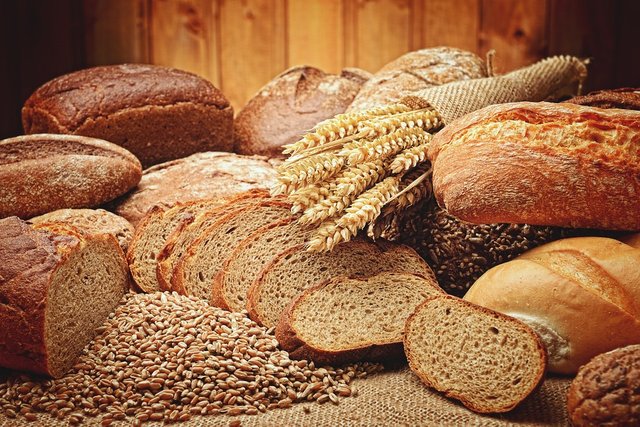
The whole process doesn’t just fluff up the dough but also causes structural changes and the development of the typical “bread” taste (to learn more about bread making, check out @apsu ) For this to work, the yeast needs a certain temperature, about 30°C to 40°C, so don’t keep your dough too cold or too hot while it rises!
One fermented food you likely encounter daily is chocolate. Yes, chocolate is fermented!
When the cocoa beans have been picked, their pulp is fermented for 7 days at up to 50°C, which kills the beans and creates a specific flavor. If done wrong or too long, the beans go bad because of unwanted bacteria (remember, they need yeast and bacteria to ferment the beans) and fungi.
So, who do we have to thank for chocolate and beer? Microorganisms!
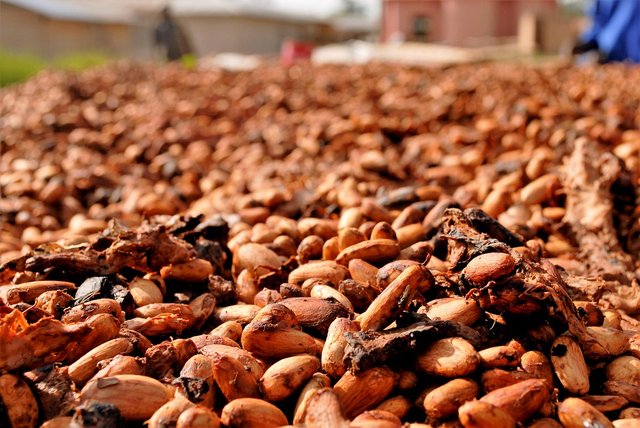
Fermented food is commonly found in all parts of Asia. One example would be fermented fish, which is common in the Philippines. They typically have two groups of fermented fish, those with a high salt concentration (up to 20%) and those that are sour when they’re done.
The sour fish isn’t the only case where fermentation and acid production come hand in hand. Salami is a fermented sausage and if produced in the USA, the fermentation process usually happens fast and at 40°C, which causes the PH to rise drastically. Compared to European Salami, the taste is a lot different. If you ever compared the two and wondered what the hell happened, you now know why.
European salami is fermented at comparably low temperatures of 22°C to 26°C. Instead of having a high concentration of acid (which is supposed to kill off unwanted bacteria), the sausage is dried to keep it from spoiling. This creates a completely different flavor.
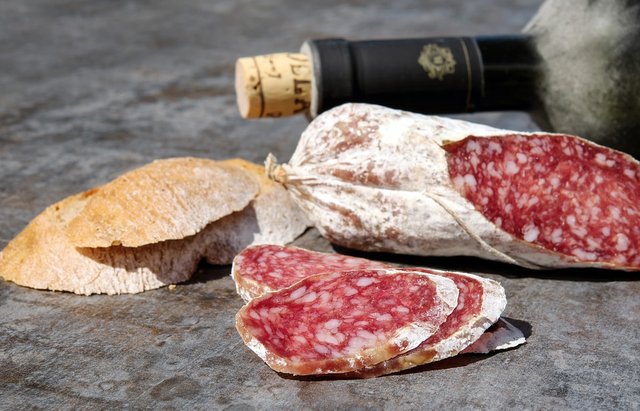
After possibly ruining several foods for you, because you just realized that you’re basically eating microorganism poop (or maybe this is the point you noticed it, in that case, I’m so not sorry), let me give you one last example where fermentation happens:
In your own body!
Your muscle cells need oxygen, but if they don’t get enough of it, they do something called “lactic acid fermentation”. The end product of that is lactate. Some say that’s the reason for sore muscles after you’ve exercised hard, but there are voices against it. One more thing people constantly fight about.
I’ll end my post with a fun sentence the owner of a local, vegan restaurant once said:
This paste is made out of cashews, fermented by vegan bacteria!
If anyone can tell me what exactly makes bacteria vegan, I’ll be very impressed.
Do they only eat plants? Can you put them on a piece of meat and they die off?
Who knows?
He didn’t.
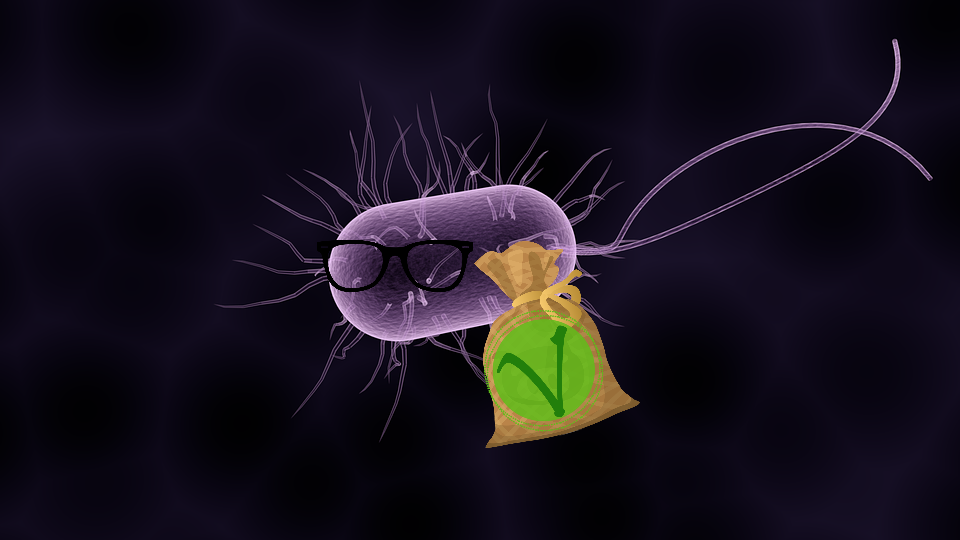
Sources:
Fermentation and anaerobic respiration
The microbiology of cocoa fermentation and its role in chocolate quality
Fermented Fish Products in the Philippines
Picture taken from pixabay.com, the “vegan bacteria” is my edit.
--
My mentee this week is @xhodan ! This time, not a scientist but a fiction writer. Have a look at his content!

Time to pour a cold one
I can give you an explanation on the vegan bacteria.
As we know, we can find bacteria almost anywhere. Different kinds of bacteria can be found on in different conditions and places, even in exotic places like toilets and our skin.
I know bacteria and yeast are two different things. However even when creating a sourdough, I can use the wild yeast living in the flour OR I can use different kinds of fruit which can contain wild yeast on them. Typically I'm using organic, shredded apple to speed up the birth of the sourdough.
It's just a similar process with bacteria. If you want to pick up a vegan bacteria, just find a vegan and get some bacteria out of him. You can either swab the vegan OR you can shred them.
One somewhat popular method is to use gut bacteria of the vegan. Just put your rubber gloves on and start collecting some bacteria for the perfect vegan fermentation.
You got me, haha. I was totally expecting an actual explanation.
Making fun of vegans will always get a laugh from me. It's not that I envy their ability to, at the expense of their own material pleasure, make the clearly correct conclusion on what manners of human sustenance are morally defensible... nor that belittling them makes me feel better about my everyday, ongoing decision to participate in what essentially amounts to mass genocide of cute and furry things with feelings and families. It's just that I don't respect them. :)
My gift is not the ability to educate people, but instead the skill of making jokes of anything.
Don't forget the microbes in the air! And actually, there's bacteria in your sourdough too. It's probably vegan, unless there's butter in the dough. I suppose it might be possible to raise bacteria on a non-vegan diet and then use them to ferment cashews... but that's a stretch.
That would be the ultimate evil. Grow non-vegan bacteria and create "vegan" "cheese" with them to trick vegans to eating something secretly non-vegan.
This is all about biology... and the beer picture makes me think about physics (double phase thermodynamics to be precise :p).
I am impressed... This possibly beats the story with a cheese factory I visited in Quebec, where the cheese where getting mature in plastic bags. I told the guy about the cheese caves existing in Europe (with the fungi stuff and so on), and he looked shocked. He then ensures me that all cheeses made by his factory were bacteria-free. Yeah sure, the guy knew what he was talking about... :D
Hahaha!
Funny that you mention vegan bacteria! My prof was recently talking about flesh-eating bacteria and on the slide had this comic...
mark parisi
If you asked the parents, they'd say it's a phase. She calls it a lifestyle choice.
I love this :D
I have to say that I’m really impressed with how far your writing has come along. Not that it was ever bad. It’s just really good now.
Way to go suesa!
Always room for improvement! :D
This post is trending at Google for US, UK, NZ, FR,PK and many other including China for this term 'Fermentation Steemit':

Excellent post @suesa. You're sounding more like my school teacher with every science post you write. :)
Steem On!
I'm not sure if that's a compliment 😂
Of course it is! Sitting at Google's top ranking in all major locations for a certain term is a big achievement. Soon, your posts will be bringing tons of traffic to Steemit.
Was referring to the teacher thing but ok :P
Just going to drop by and drop this off:
I own a bread making machine though. It's just both SO much cheaper and more delicious to be making your own bread. Thing become problematic when you forget the yeast. Bam. thats one big chunk of concrete in your breadmachine.
t.
In my post about milk kefir a while back I chose to word my brief explination of fermentation carefully to not mention the bacteria poop thing, haha. Loving the informative articles :)
Don't omit the truth! People need to know they're eating bacteria poop :D
I never knew fermented foods had this much importance in our daily lives especially yhe part that says chocolate is fermented got me like wow.
Fernemtation from what i know is used in brewries, yeast making and there is this local drink called palm wine from palm tree its usually alcoholic,but its a fermemted product from palm tree. Thanks for the post and steem on suesa.
Awesome post! I've started getting into the world of homebrewing and it was neat getting to see this concept get broken down! Thanks so much—going to follow you for your future posts. Really love it!!!!